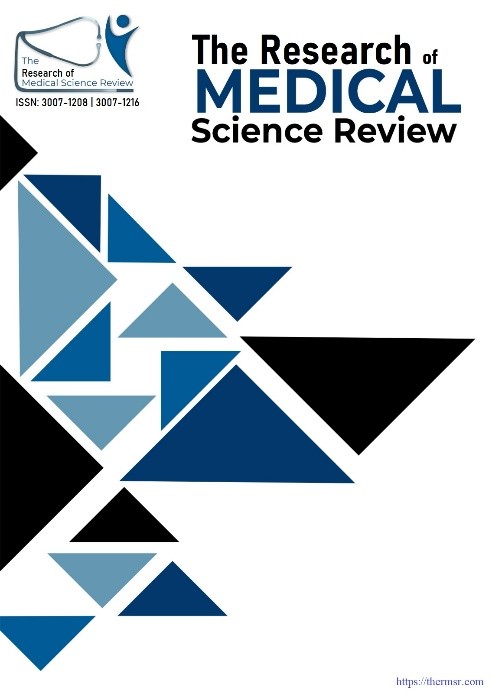CORRELATION BETWEEN HBA1C LEVELS AND DURATION OF 1ST PRESENTATION AFTER ONSET OF SYMPTOMS IN NEWLY DIAGNOSED TYPE 2 DIABETES MELLITUS PATIENTS
Main Article Content
Abstract
Type 2 Diabetes Mellitus (T2DM) is a chronic metabolic disorder characterized by insulin resistance and persistent hyperglycemia. HbA1c, a glycated hemoglobin marker, reflects average plasma glucose over the past 2–3 months and is widely utilized for diagnosis and monitoring of diabetes. Elevated HbA1c at diagnosis often indicates prolonged, undetected hyperglycemia. The duration of classic diabetic symptoms such as polyuria, polydipsia, fatigue, and weight loss may serve as an early clinical indicator of long-standing hyperglycemia.
OBJECTIVES: To assess the correlation between HbA1c levels and the duration of diabetes-related symptoms in newly diagnosed T2DM patients.
- To evaluate whether symptom duration can predict the severity of hyperglycemia at the time of diagnosis.
- To explore the potential for using symptom duration as an indicator of long-standing undiagnosed hyperglycemia.
- To assess whether HbA1c levels can be used to estimate the duration of diabetes.
METHODS: A cross-sectional study was conducted at the Outpatient Department of Medicine, Khyber Teaching Hospital, Peshawar, Pakistan. A total of 301 newly diagnosed T2DM patients were enrolled. Data were collected using a structured questionnaire covering demographics, symptom duration, presenting symptoms, co-morbidities, and diabetic complications. HbA1c levels were measured at diagnosis. Statistical analysis included correlation coefficients and Chi-square tests to determine associations between symptom duration and HbA1c levels.
RESULTS: The majority of patients were between 41–60 years of age, with 57.8% males and 64.1% reporting a family history of diabetes. Common presenting symptoms included abnormal thirst (62.8%), frequent urination (57.1%), and fatigue (44.5%). Symptom duration varied: 37.2% reported symptoms for <1 month, 44.5% for 1–3 months, and 18.3% for >3 months. Mean HbA1c levels increased significantly with symptom duration: 7.1% for <1 month, 8.5% for 1–3 months, and 10.6% for >3 months (r = 0.68, p < 0.001). A significant association was observed between longer symptom duration and higher HbA1c levels (p < 0.001).
CONCLUSION: Symptom duration is strongly correlated with HbA1c levels in newly diagnosed T2DM patients and can serve as a useful clinical indicator of the severity and potential chronicity of hyperglycemia. In settings where diagnostic tools are limited, symptom history may aid early identification of high-risk patients, guiding timely intervention and complication screening.
Downloads
Article Details
Section

This work is licensed under a Creative Commons Attribution-NonCommercial-NoDerivatives 4.0 International License.
